What is Inventory Management Software?
An inventory management system tracks the goods you sell from end-to-end in your supply chain. That means tracking from purchasing all the way to the point where a product reaches a customer.
Good inventory management software gives you a 360° view of that whole supply chain. Its functionality lets you see what stock you currently hold, what you have on sales order from your suppliers (or what is due to be produced if you have your own manufacturing base), and it lets you plan ahead according to the sales forecasts you have made.
It ensures you hold enough stock to cover what you expect to be sold in a given time period without carrying too much of an item that may take up costly warehouse space. Good software reduces or eliminates the chances of human error, and with integration to other systems (such as accounting software or POS—point of sale), it streamlines your workflow and increases efficiency.
Best Inventory Management Software for Ecommerce Store – BrightPearl
If you’re a fast scaling e-commerce & multichannel merchant then you need a software that can scale with your growth and won’t hold you back. Below is our top option for you.
1. Brightpearl
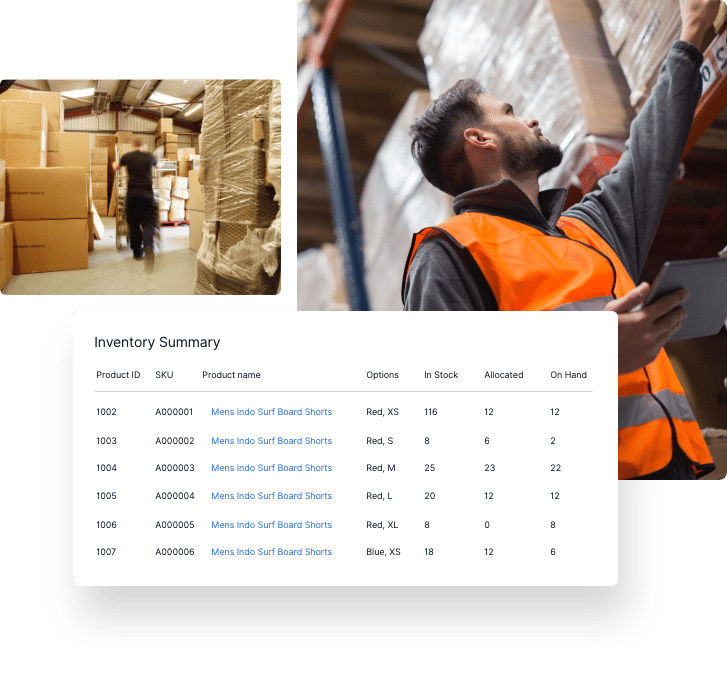
The beauty of Brightpearl is that it is purely designed for e-commerce, multichannel retail and wholesale brands. This means the system is packed with dedicated features without unnecessary functionality encumbering your operations. It has robust inventory management functionality coupled with powerful inventory demand planning, ensuring real-time multichannel inventory updates and accurate demand forecasting. And it goes beyond a simple inventory management software. It’s a Retail Operating System that streamlines and automates all the core post-purchase operations from inventory and order management to logistics and accounting. It also offers hyper connectivity that allows you to curate a changing roster of leading-edge tools through its Plug & Play integrations, certified partner network and fast, open API, freeing you up to grow fearlessly.
Here are the 3 game-changing features that Brightpearl offers to bring your inventory management to the next level.
- Rules-based Automation Engine that allows you to create automation rules in a few clicks to fit your own needs. It automates all the critical but laborious tasks, including multichannel order processing, multi-location inventory allocation, partial fulfillment, dropshipping, order splitting, invoicing and more. So you don’t need to worry about growing order volumes. Brightpearl customers save 2 months a year on average.
- IntegratedInventory Planner Premium that gives you data-driven replenishment recommendations. It automates the demand forecasting based on your historical sales data, factoring in the seasonality, out of stock periods and promotions for optimized accuracy. So you can say no to time-consuming and error-prone manual forecasting in spreadsheets.
- Advanced reporting and business intelligence that gives you a 360-degree view of your business. Easily report on your sales channels, products, customers, suppliers as well as your marketing campaigns to gain a true understanding of your business performance.
5 Best Online Inventory Management Software for Small Businesses
If you’re a smaller business with limited growth then the below 5 options are likely to fit your requirements.
1. Fishbowl
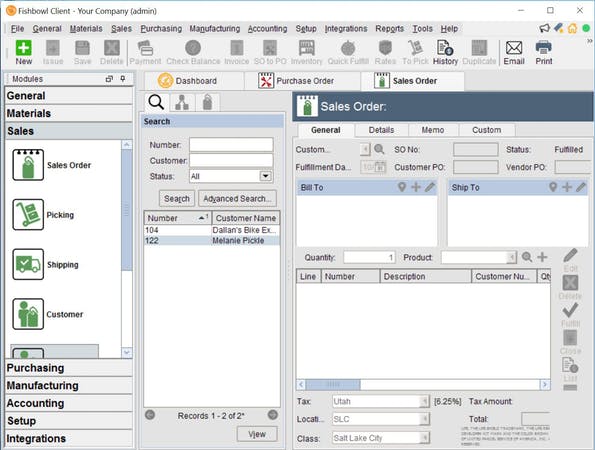
Source: capterra.com
Fishbowl calls itself the number one QuickBooks solution and may be ideal for manufacturing and warehousing businesses. It easily integrates with a number of leading business solutions and systems such as Amazon, QuickBooks, Salesforce, and others. You can not only track inventory with ease, but it monitors expiration dates to assist with stock rotation and avoid wastage.
Where you have fast moving stock, it’s simple to set up automatic reordering and tracking, so that you avoid both over and understocking items. Fishbowl makes it easy to organize complicated manufacturing tasks that cover every stage. It also recognizes that business needs can be very diverse, so makes it easy to customize fields so the software fits your business.
While Fishbowl has its positives, it does come with some drawbacks that may make you consider Brightpearl instead. The Fishbowl app runs on your own servers (compared to Brightpearl being cloud-based) so you will be responsible for maintaining the backend. It also has a rather clunky interface and reporting options are limited.
2. Veeqo
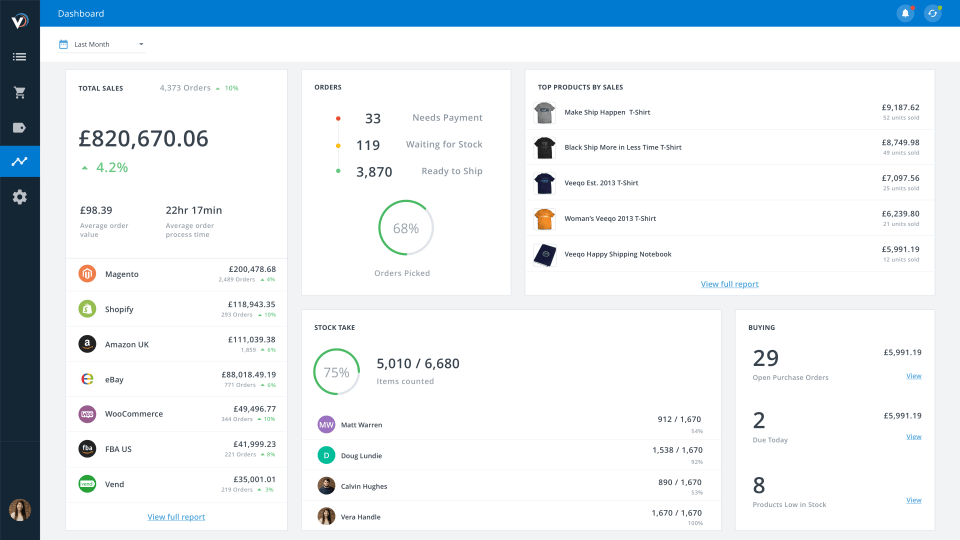
Source: capterra.com
Veeqo is an e-commerce management platform designed by an e-commerce seller who found other solutions either too complicated or too basic for his needs. It offers seamless integration with a variety of marketplaces as well as shippers and common e-commerce tools. It lets you optimize your fulfilment needs while offering easy to analyze reports.
Some of the main features offered by Veeqo include advanced inventory management and tracking across more than 17 channels and any of your locations, as well as a dynamic forecasting system so you can avoid over and understock scenarios. It offers advanced automation solutions and can optimize your warehousing.
There are a few major disadvantages with Veeqo, however. As you would expect from a relatively new product, there are some technical issues at times, and their DevOps team is not very good at communications or resolving those problems. Another hurdle, and one you do not have with Brightpearl, is that you need to manually link products and supplier codes, something that businesses with multiple SKUs will shy away from. Finally, Veeqo doesn’t integrate with major accounting solutions like Xero and QuickBooks.
3. Linnworks
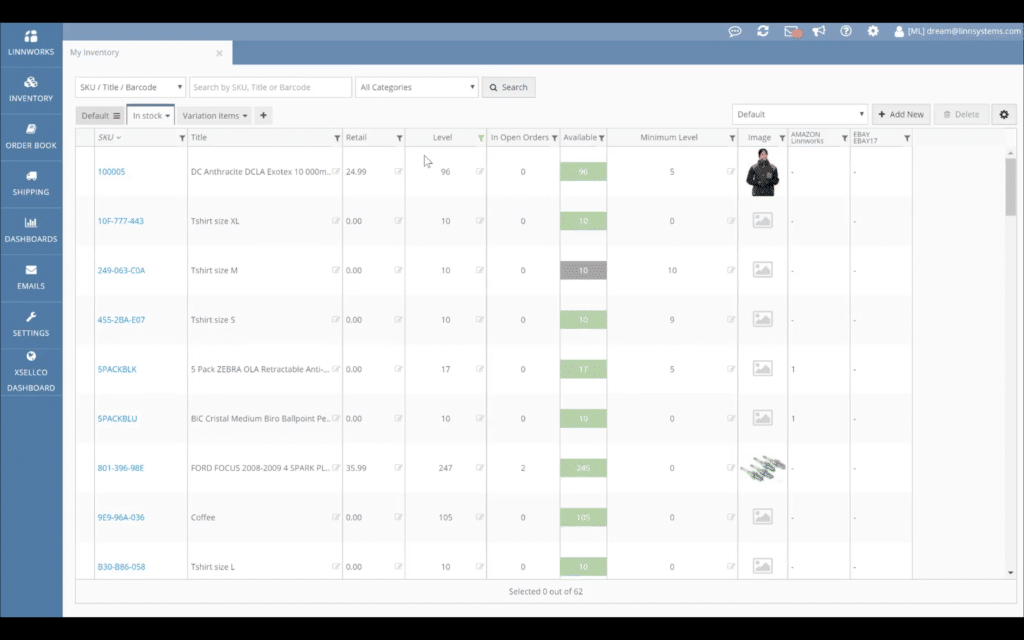
Source: capterra.com
Linnworks focuses on reducing costs and bolstering profits by automating all essential processes so that businesses can scale quickly. Some of the main features include inventory management and order fulfillment for e-commerce businesses with integrations to Amazon & eBay.
Unfortunately users report experiencing downtime at peak periods along with clunky workflows that result in even longer processes than if they were completely manual.
Customers of Linnworks have also reported huge price hikes with no notice leading to unexpected cost increases. These downsides lead to only 18% of users recommending the software.
4. QuickBooks Commerce (previously Tradegecko)
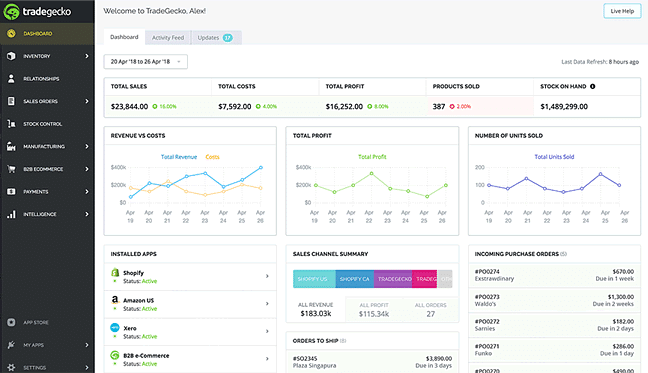
Source: capterra.com
Tradegecko (QuickBooks Commerce standalone product) is currently undergoing sunsetting outside the US, and they stopped accepting new customers on June 9th, 2021. The system will be fully retired in June, 2022 outside US and merge into QuickBooks offering in the US. Tradegecko offers a cloud-based platform that sits at the heart of business workflows. It can cover multiple locations and can integrate with systems like CRMs.
Unlike Brightpearl, Tradegecko struggles with more complex options such as back order management and dropshipping. With e-commerce a 24/7 global market, you may need support at any time of day (or night) and Tradegecko only offers that level of support to its Pro level customers, whereas Brightpearl offers it to everyone.
Another, crucial area where Tradegecko falls short is in its analytics capability. To operate at peak efficiency, you need a complete set of analytics and insights, so you can make informed strategic decisions. You get a full picture of every piece of data you need with Brightpearl while Tradegecko lacks that overview in some areas.
5. Ordoro
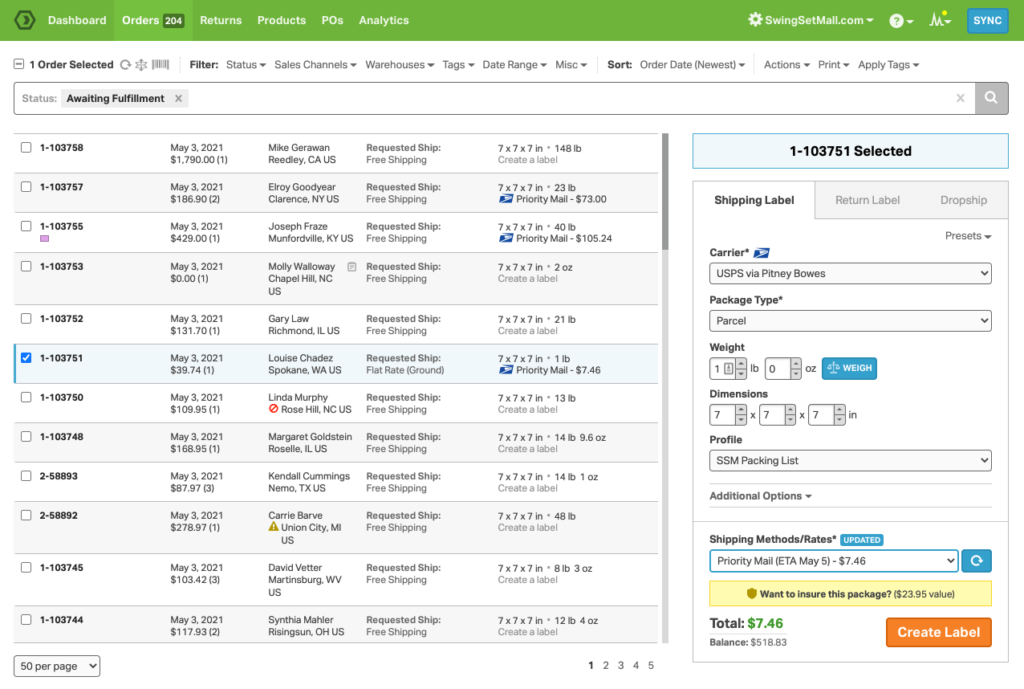
Source: capterra.com
Ordoro acts as a centralized hub for all your inventory needs and you can integrate different channels into the app, including suppliers and marketplaces. With Ordoro, you can fulfil orders via Amazon or choose a third party dropshipper. The app lets you integrate multiple warehouse or storage locations no matter how big or how small.
Compared to Brightpearl, Ordoro is more suited to smaller businesses while Brightpearl is a more comprehensive solution for e-commerce retailers of any size, and especially those looking to scale. Ordoro also lacks some features that many online businesses may see as crucial, including CRM, and online payment integrations such as PayPal or Stripe.
Another major advantage Brightpearl has over Ordoro is that it offers a wider range of high-performance Plug & Play integrations and a fast, open API so you can slot any new tools into your tech stack quickly. Ordoro also lacks that 360° visibility that many businesses view as essential, especially if your business is fast moving and fast growing. Brightpearl offers a more flexible pricing system that is designed to adapt to your business growth.
What does Inventory Management Software do?
Inventory management is all about what you need to sell your products. Whether buying from manufacturers, distributors, or suppliers, every retailer must ensure it has the product that it needs to sell to customers.
Inventory management ensures that a retail business never runs out of inventory. The best inventory management software will track inventory levels, orders, sales, and deliveries, while ensuring that all stock is at the right levels, in the right place, at the right time – and for the right cost.
Efficient inventory management software also helps you fulfil any orders more quickly while helping to forecast what your inventory needs will be in the future. It’s also an essential part of any plans to scale and expand your business as you become more successful.
Core Functions of Advanced Inventory Management Software
So, what are the core functions that a good inventory management software solution should have?
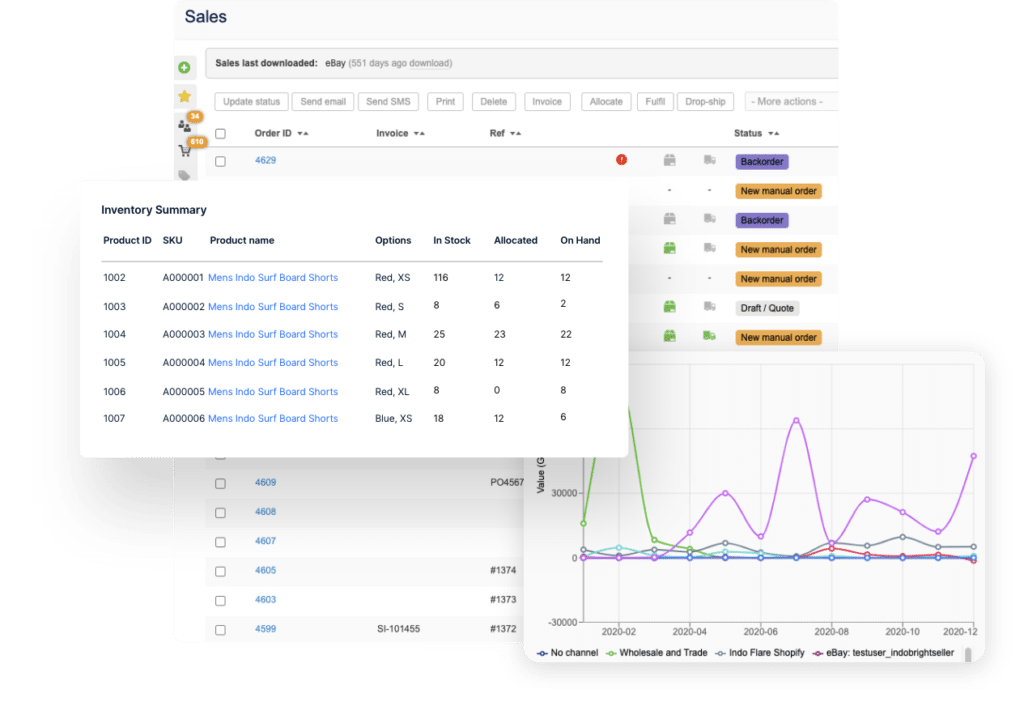
Benefits of Inventory Management Software
You now know most of the functions you should expect from a good solution, but what are the actual tangible benefits?
When Will You Need Inventory Management Software?
You may be asking yourself: “Do I really need an inventory management solution?” If you answer “yes” to most or all of the following questions, then the answer is that you do.

Industries That Need Inventory Management Software
Using an inventory management solution is not only about the size of your business, but also the type.
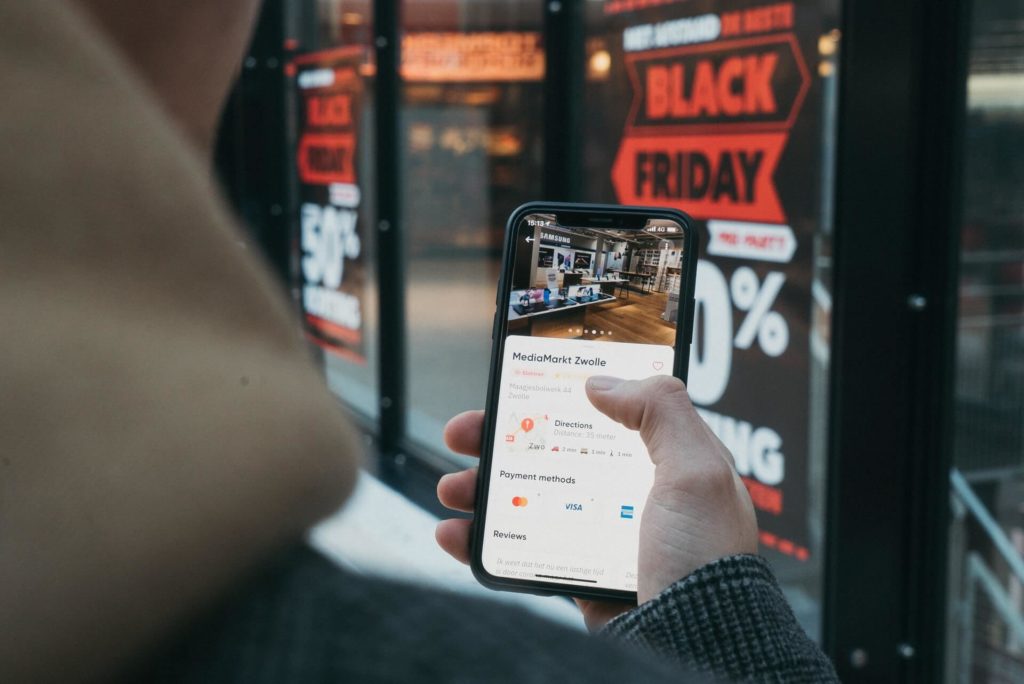
How to Choose The Best Inventory Management Software
So, you’ve read a lot of details of inventory management solutions and decided that now is the time for your business to invest in one. Great! How do you then move forward and choose the one that is best for you? There are a number of things you should be thinking about.
The first thing to do is to identify your primary and secondary needs. What tasks do you most want to transfer to a software solution? Of course, everything revolves around your inventory. After all, that inventory represents your most valuable assets and is what creates revenue. Therefore, any solution needs to offer you good inventory management and tracking options.
Once you have made a list (in order of priority) of your needs, you then need to look at what features each solution offers and how they relate to those needs. At this stage, it is also worth considering what integrations the solutions offer. You may look at one that offers almost everything you need, but lacks one feature: Then you see that you can integrate a tool that fulfils that need. Many solutions will offer multiple integrations with their product, so be sure to examine that section of their website carefully. Making sure those integrations are built/supported in-house can make sure that you don’t have issues down the line with faulty integrations and poor customer support.
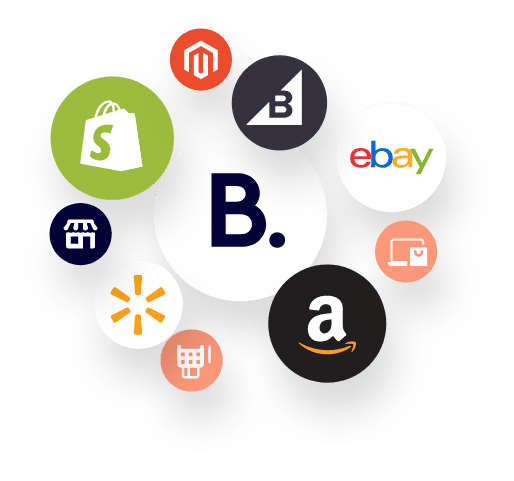
7 Questions to Ask Inventory Management Software Providers
You have now reached the stage where you’ve waded through dozens of providers and have whittled your list down to a smaller number. At this point, you want more details, and part of that process is asking the providers specific questions. But which are the most vital to ask?
Features Comparison Among the Best Inventory Management Software
Depending on your business needs, there may be some specialized features you need. You can either investigate whether the provider offers them directly or research if you can integrate a tool to meet those needs. However, there are some common features you should be looking for as a minimum:
| Brightpearl | Tradegecko | Odoro | Fishbowl | Cin7 | Veeqo | |
| Inventory control | ✅ | ✅ | ✅ | ✅ | ✅ | ✅ |
| Multiple locations | ✅ | ✅ | ✅ | ✅ | ✅ | ✅ |
| CRM | ✅ | ✅ | ❌ | ❌ | ✅ | ❌ |
| Sales | ✅ | ❌ | ❌ | ✅ | ✅ | ✅ |
| Purchasing | ✅ | ✅ | ✅ | ✅ | ✅ | ✅ |
| Reporting | ✅ | ✅ | ✅ | ✅ | ✅ | ✅ |
Integrations Comparison Among the Best Inventory Management Software
Software that offers multiple integrations can help you customize a solution when you have specialized needs, or can help you with different e-commerce providers. Always look at what prospective providers offer you.
| Brightpearl | Tradegecko | Odoro | Fishbowl | Cin7 | Veeqo | |
| Amazon | ✅ | ✅ | ❌ | ✅ | ❌ | ✅ |
| Shopify | ✅ | ✅ | ✅ | ✅ | ✅ | ✅ |
| MailChimp | ✅ | ✅ | ❌ | ❌ | ✅ | ❌ |
| PayPal | ✅ | ❌ | ❌ | ❌ | ✅ | ❌ |
| Stripe | ✅ | ❌ | ✅ | ❌ | ✅ | ❌ |
| QuickBooks | ✅ | ✅ | ✅ | ✅ | ✅ | ✅ |
| USPS | ✅ | ❌ | ❌ | ✅ | ❌ | ❌ |
Why Brightpearl is The Best Advanced Inventory Management Software
So why choose Brightpearl? There are numerous reasons why it should be your first choice for inventory management and much more. It’s a Retail Operating System that streamlines and automates inventory control and inventory demand planning, but goes beyond that.
Firstly, it’s specifically designed for retail, particularly e-commerce, and is omnichannel friendly. That’s unlike some enterprise resource planning (ERP) systems that can seem like a decent choice for inventory management but prove to be a nightmare in reality because it’s nearly impossible for ERPs to quickly deploy updates or connect to new apps without costly and lengthy customizations.
Secondly, with Brightpearl’s rules-based automation, you can save time to focus your attention on your growth strategies. And the real-time inventory insights and in-depth reporting means that you get instant insights into how your online store is performing and any issues are quickly identified.
Last but not least, Brightpearl also offers the best customer services on the market, including expert-led implementation and onboarding training, 24/7 support and ongoing business consulting. All services are carried out by friendly in-house experts who are true retail savvy.
In a nutshell, Brightpearl is the single source of truth for your business by bringing all your operations and data into 1 system. Everything is brought into a single easy-to-use platform.
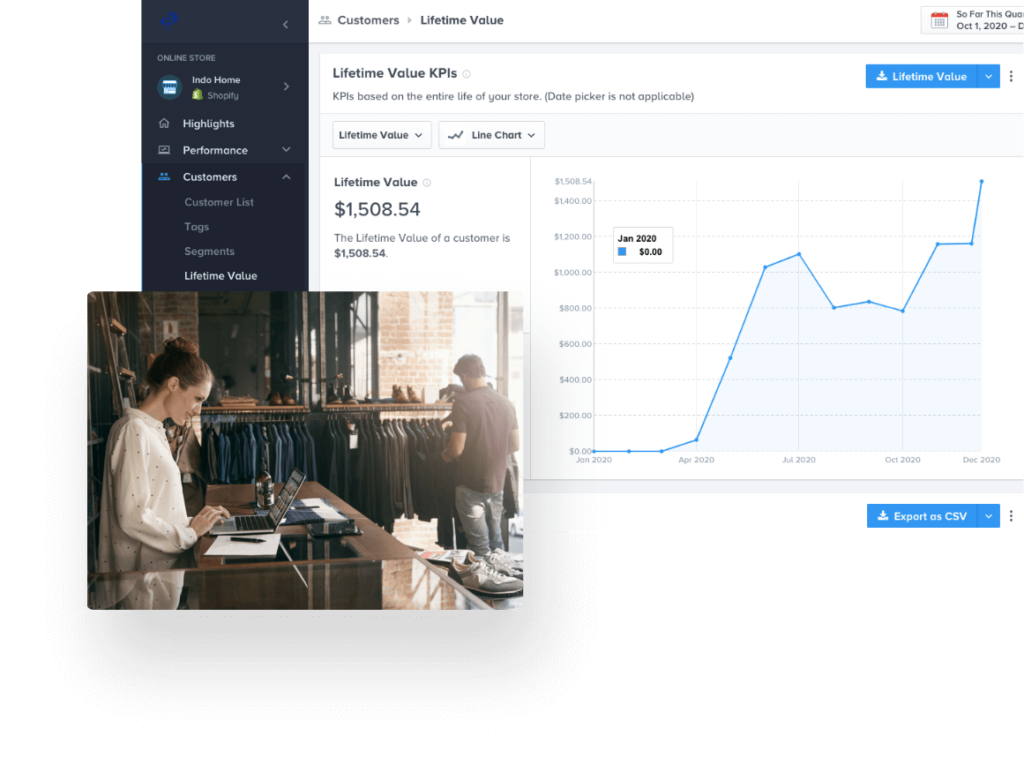
Conclusion
The growth of e-commerce is inescapable. It’s forecast that online retail sales will reach $908.73 billion in 2021, and that is just in the US. If revenue does reach that level, that will be a 13.7% growth on 2020 sales. However, as the market grows, so does competitiveness, and a business that wants to keep an edge on their competitors needs to have the ideal box of tools.
As e-commerce itself grows, so does the use of automation in various areas of the sector. From segmenting your customer base for marketing purposes through personalizing the customer journey, and right up to automated order fulfilment, if you haven’t already implemented some automation strategies, it is time to seriously consider it.
Inventory management is perhaps the area where automation is most important. Both your products and your customers are the very lifeblood of your business, and bringing them together efficiently is key to your online store being successful. If a customer is unhappy with products being out of stock, they will simply look at another business to give their custom to.
Losing customers through stockouts or understocking does not just mean lost sales; it can be damaging to your brand’s reputation if people see you as being unable to provide what they want. While manual inventory management may work well for small businesses or startups, when that business begins to scale, then manual management becomes clunky and inefficient.
Choosing the right inventory management software to meet the needs of your business is a crucial decision. With such a wide range of features, the integrations you need, and automation that is unrivaled, Brightpearl is the ideal choice for any business operating in the e-commerce sector.
Knowing that many of your inventory-related processes are automated and efficiently operated by Brightpearl means that you have the confidence to focus on other areas of your business. Areas like looking at opportunities to expand and grow, adding new products or product ranges, and increasing your profits. Brightpearl can take your business to the next level.
